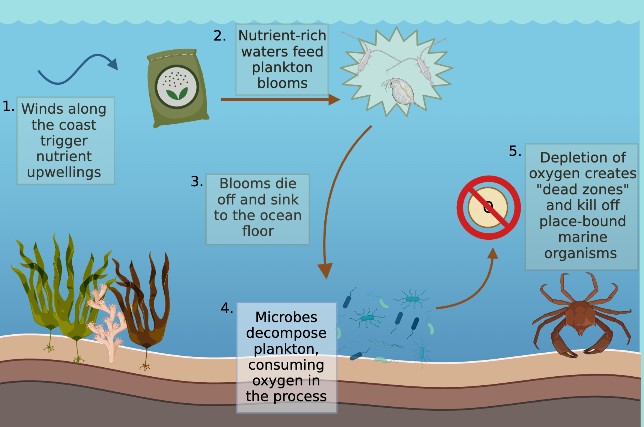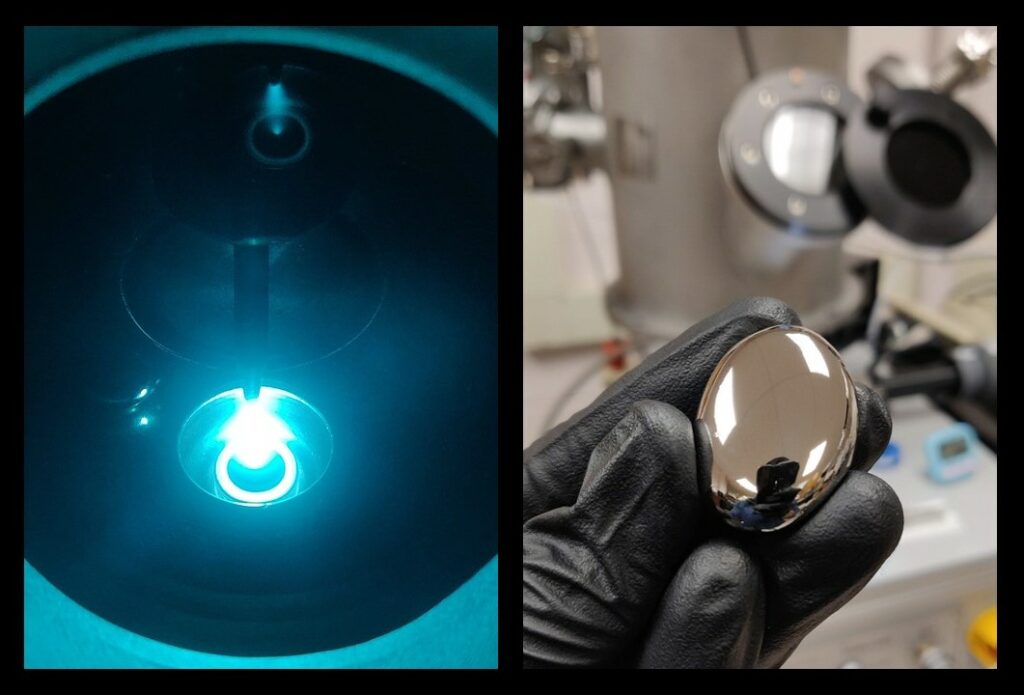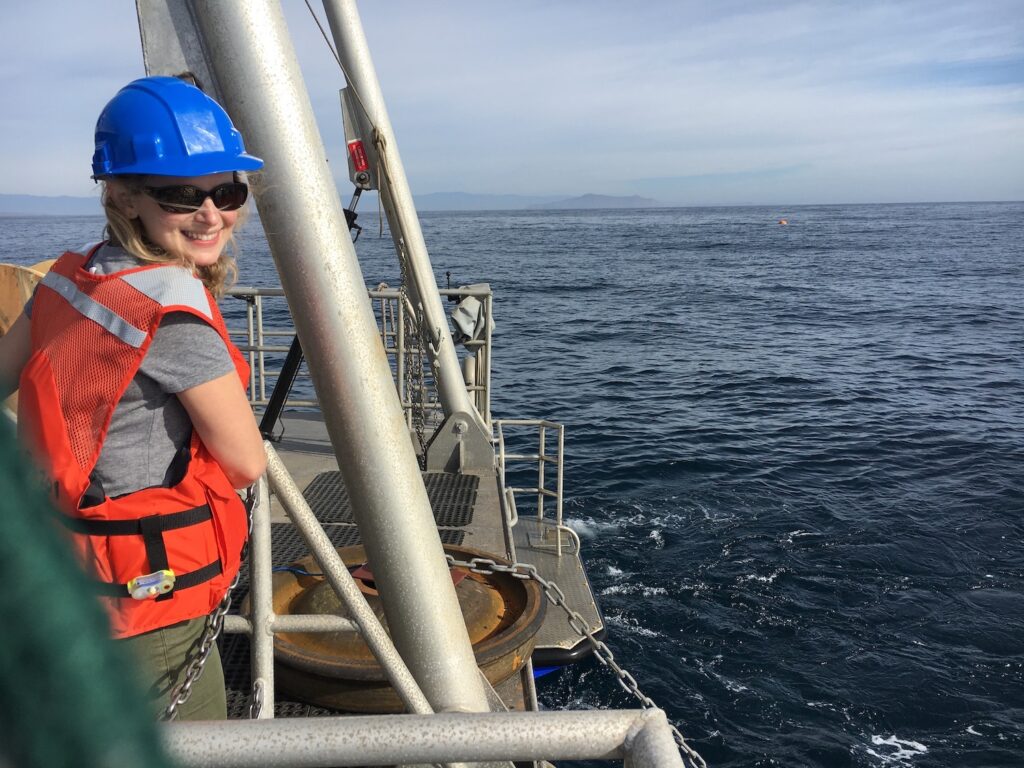This week we have Colin Shea-Blymyer, a PhD student from OSU’s new AI program in the departments of Electrical Engineering and Computer Science, joining us to talk about coding computer ethics. Advancements in artificial intelligence (AI) are exploding, and while many of us are excited for a world where our Roomba’s evolve into Rosie’s (á la The Jetsons) – some of these technological advancements require grappling with ethical dilemmas. Determining how these AI technologies should make their decisions is a question that simply can’t be answered, and is best left to be debated by the spirits of John Stewart Mill and Immanual Kant. However, as a society, we are in dire need of a way to communicate ethics in a language that machines can understand – and this is exactly what Colin is developing.
Making An Impact: why coding computer ethics matters
A lot of AI is developed through machine learning – a process where software becomes more accurate without being explicitly told to do so. One example of this is through image recognition softwares. By feeding these algorithms with more and more photos of a cat – it will get better at recognizing what is and isn’t a cat. However, these algorithms are not perfect. How will the program treat a stuffed animal of a cat? How will it categorize the image of a cat on a t-shirt? When the stakes are low, like in image recognition, these errors may not matter as much. But for some technology being correct most of the time isn’t sufficient. We would simply not accept a pace-maker that operates correctly most of the time, or a plane that doesn’t crash into the mountains with just 95% certainty. Technologies that require a higher precision for safety also require a different approach to developing that software, and many applications of AI will require high safety standards – such as with self-driving cars or nursing robots. This means society is in need of a language to communicate with the AI in a way that it can understand ethics precisely, and with 100% accuracy.
The Trolley Problem is a famous ethical dilemma that asks: if you are driving a trolley and see that it is going to hit and kill five pedestrians, but you could pull a lever to reroute the trolley to instead hit and kill one pedestrian – would you do it? While it seems obvious that we want our self-driving cars to not hit pedestrians, what is less obvious is what the car should do when it doesn’t have a choice but to hit and kill a pedestrian or to drive off a cliff killing the driver. Although Colin isn’t tackling the impossible feat of solving these ethical dilemmas, he is developing the language we need to communicate ethics to AI with the accuracy that we can’t achieve from machine learning. So who does decide how these robots will respond to ethical quandaries? While not part of Colin’s research, he believes this is best left answered by the communities the technologies will serve.
The ArchIve: a (brief) history of AI
AI had its first wave in the 70’s, when it was thought that logic systems (a way of communicating directly with computers) would run AI. They also created perceptrons which try to mimic a neuron in a brain to put data into binary classes, but more importantly, has a very cool name. Perceptron! It sounds like a Spider-Man villain. However, logic and perceptrons turned out to not be particularly effective. There are a seemingly infinite number of possibilities and variables in the world, making it challenging to create a comprehensive code. Further, when AI has an incomprehensive code, it has the potential to enter a world it doesn’t know could even exist – and then it EXPLODES! Kind of. It enters a state known as the Principle of Explosion, where everything becomes true and chaos ensues. These challenges with using logic to develop AI led to the first “AI winter”. A highly relatable moment in history given the number of times I stop working and take a nap because a problem is too challenging.
The second wave of AI blew up in the 80’s/90’s with the development of machine learning methods and in the mid-2000’s it really took off due to software that can handle matrix conversions rapidly. (And if that doesn’t mean anything to you, that’s okay. Just know that it basically means speedy complicated math could be achieved via computers). Additionally, high computational power means revisiting the first methods of the 70’s, and could string perceptrons together to form a neural network – moving from binary categorization to complex recognition.
A bIography: Colin’s road to coding computer ethics
During his undergrad at Virginia Tech studying computer science, Colin ran into an ArachnId that left him bitten by a philosophy bug. This led to one of many philosophical dilemmas he’d enjoy grappling with: whether to focus his studies on computer science or philosophy? And after reading I, Robot answered that question with a “yes”, finding a kindred spirit in the robopsychologist in the novel. This led to a future of combining computer science with philosophy and ethics: from his Master’s program where he weaved computer science into his philosophy lab’s research to his current project developing a language to communicate ethics to machines with his advisor Hassam Abbas. However, throughout his journey, Colin has become less of a robopsychologist and more of a roboethicist.
Want more information on coding computer ethics? Us too. Be sure to listen live on Sunday, April 17th at 7PM on 88.7FM, or download the podcast if you missed it. Want to stay up to date with the world of roboethics? Find more from Colin at https://web.engr.oregonstate.edu/~sheablyc/.

This post was written by Bryan Lynn.





















